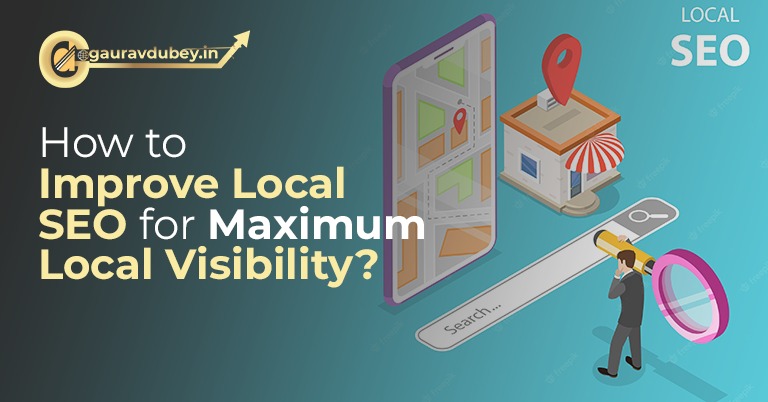Latest Strategies To Increase Conversion From Ads
Conversion rate and Introduction to Digital Marketing Every marketer understands how challenging it is to generate new leads, let alone turn them into customers. You are aware of how difficult it is to obtain dependable results when employing conventional marketing techniques like print or internet advertisements. Digital marketing, on the other hand, is a much more nimble way to guarantee long-term, data-driven results. In contrast to the results of traditional marketing, every digital marketing organization has begun to employ distinctive marketing methods. What is a conversion rate? The conversion rate in digital marketing refers to the proportion of website visitors that complete the targeted action. Typical activities include buying something, subscribing to a newsletter, or completing a contact form. Depending on the objectives of the website owner, several actions may be desired. Because they can reveal information about how successfully a website achieves its goals, conversion rates are significant. Website owners can make adjustments to improve their outcomes by tracking conversion rates. For instance, if a website aims to increase sales but has a low conversion rate, the owner may need to adjust the site’s layout or content to make it more appealing to users and compelling. Website owners can increase the likelihood that they will get the outcomes they want by understanding conversion rates. Top 10 Strategies to Boost Conversion Rate In This Article, we’ll discuss the Latest Strategies To Increase Conversion From Ads 1. Get to know your audience thoroughly The cornerstone of digital marketing is targeted marketing, which entails distributing advertisements to predetermined demographics. Many digital marketing services are familiar with the traits, needs, and goals of their existing clientele, as well as their geographic location and what interests them. 2. Generate Quality Content The secret to raising your conversion rate is to produce top-notch content for each stage of the marketing funnel. In the awareness stage, you can use social media to introduce your brand or company. These can be shared with people who are still getting to know you and are educational. 3. Create a visually appealing landing page For conversion rates to rise, a landing page must be visually appealing. It is the page that a visitor lands on after choosing to click an advertisement or link. Landing pages have a conversion rate of 24 percent, which is the highest of any signup form despite being the least used. 4. Email marketing Email marketing, according to digital marketing agencies, is the second-best method for raising brand exposure. Additionally, it offers small firms a high initial return on investment. Abandoned carts are a problem that makes it difficult to turn a lead into a paying customer. 5. Video Marketing For 88% of marketers, video marketing has produced a profitable return on investment, and for 93% of firms, a social media video has brought in a new client. Every day, more than a billion visitors who visit the website watch more than a billion hours of video. 6. Highlighting Customer Reviews Customer testimonials are more reliable than brand or company information because they are thought to be impartial. More than 70% of consumers are willing to put off making a purchase until after reading product reviews and testimonials, making product reviews valuable for online marketing. 7. Getting Customer Feedback Costlier than recurring business is lead creation. The average e-commerce business spends 80% of its marketing dollars on customer acquisition, but repeat sales generate 41% of income. You can ask for comments on how to enhance your product or service by sending an email or a social media message. In India, digital marketing experts believe it to be a successful strategy. 8. Retargeting strategy Retargeting, also known as Remarketing, keeps your brand in front of prospects who did not turn into paying customers. According to retargeting statistics, this tactic can increase conversion rates by 150% and online sales by 20%. 9. Optimize Website Speed Google may penalize your website by placing it lower in search results if it has slow loading times, which is a negative ranking signal. Pages must load in 2 seconds or less for 47 percent of users, and if they take longer than 3 seconds, they will leave the website. 10. AB Split Testing (A/B Testing) Split testing or A/B testing yields insightful information that has a significant impact on your bottom line. Your ad’s weaknesses and strengths can be exposed, allowing you to make changes and take additional action to boost conversions. Key Takeaways Make the most of your resources by selecting cost-effective marketing strategies that produce the finest outcomes. You can be sure that every dollar is being well spent when using digital marketing. Moving past traditional hit-or-miss marketing, you must use digital marketing to harness the power of data.
Latest Strategies To Increase Conversion From Ads Read More »










